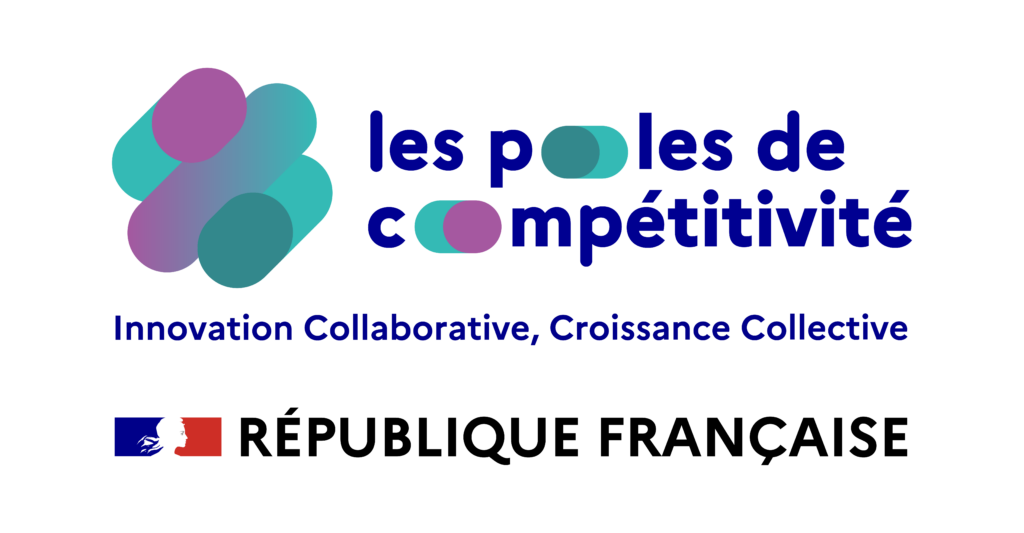The energy transition cluster
Created in 2005, Tenerrdis has been awarded the Pôle de compétitivité label by the French government to promote sustainable growth and job creation in the renewable energy sector.
Tenerrdis is committed to the emergence, development and promotion of innovative solutions for a low-carbon world:
- Unites a wide range of players committed to renewable energy (businesses, research and education bodies, local authorities, etc.)
- Mobilising a network of experts and disseminating knowledge about renewable energies
- Encourages the emergence of innovative projects to boost the competitiveness and growth of players in the energy transition
- Helping to create sustainable jobs in the Auvergne-Rhône-Alpes region
- Helps make the Auvergne-Rhône-Alpes region a melting pot for the energy transition
Strategic positioning
The cluster focuses its activities and supports its members on four major challenges of the energy transition, covering three ecosystems (rural, urban, industrial) and nine technology sectors.
The key issues for Tenerrdis are at the heart of the energy transition:
- Renewable energy production: Encouraging and optimising renewable energy production to meet growing demand while reducing CO2 emissions.
- Storage and conversion: Developing efficient solutions for energy storage and conversion, enabling flexible and continuous use of energy resources.
- Energy management, distribution and efficiency: Improving energy management and distribution systems to ensure intelligent and efficient management of interconnected energy networks.
- Environmental impact and sobriety: Reducing the ecological footprint of energy technologies and promoting sustainable practices to protect the environment.
Tenerrdis brings together a wide range of players (industry, research, institutions, etc.) to facilitate the local implementation of innovative solutions in different types of areas: towns, industrial and business zones, isolated sites, etc.
The cluster is active in nine sectors covering all renewable energy technologies









The cluster in figures
The Tenerrdis ecosystem on
31 December 2024
- 278 members and public support, more than half of them start-ups, VSEs and SMEs
- 3,200 participants in the 68 events organised by Tenerrdis during the year
Projects since the cluster was created
- 917 projects accredited, of which 403 funded
- For a budget of €2.263 billion
- 760 million of which is public funding
What is a competitiveness cluster?
The competitiveness cluster initiative was launched by the French government following a decision by the Interministerial Committee for Regional Planning and Development on 14 September 2004.
Competitiveness clusters are drivers of innovation and performance, addressing economic and social challenges.
They bring together companies, research and training organisations, and all the private and public players who contribute to economic development in a given region and around a given theme.
Their mission is to mobilise the key factors in competitiveness: innovation capacity, access to R&D, growth development, skills enhancement and international deployment.
55 approved clusters, including 4 dedicated to energy
Organization & Governance
Tenerrdis is a not-for-profit association under the French Law of 1901, with a wide range of members divided into 5 colleges: large companies, SMEs, skills centres, local authorities and associations.
The Board of Directors, made up of representatives from each of the 5 colleges and chaired by Julien Français, decides on the cluster’s strategic and budgetary direction.
The Executive Committee, made up of 9 members from the Board of Directors, ensures that decisions are followed up.

